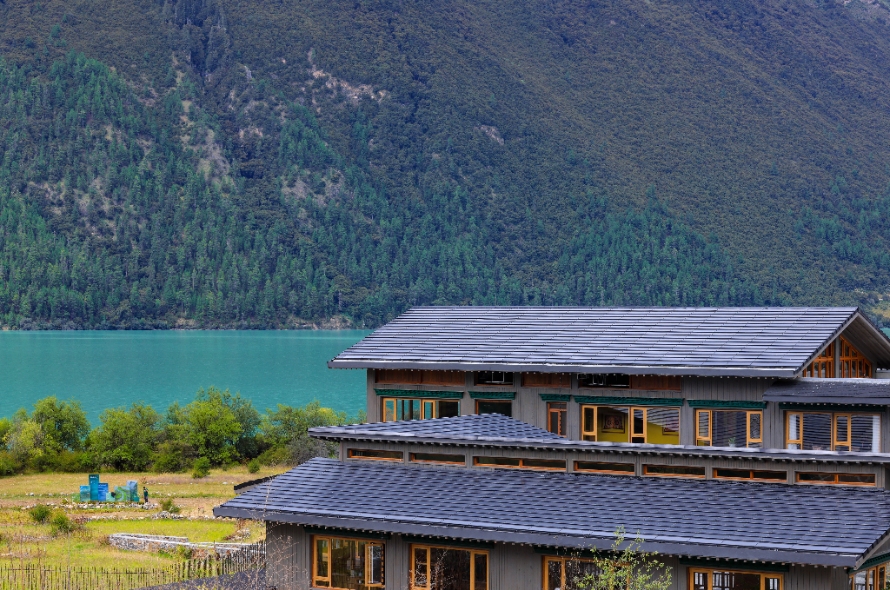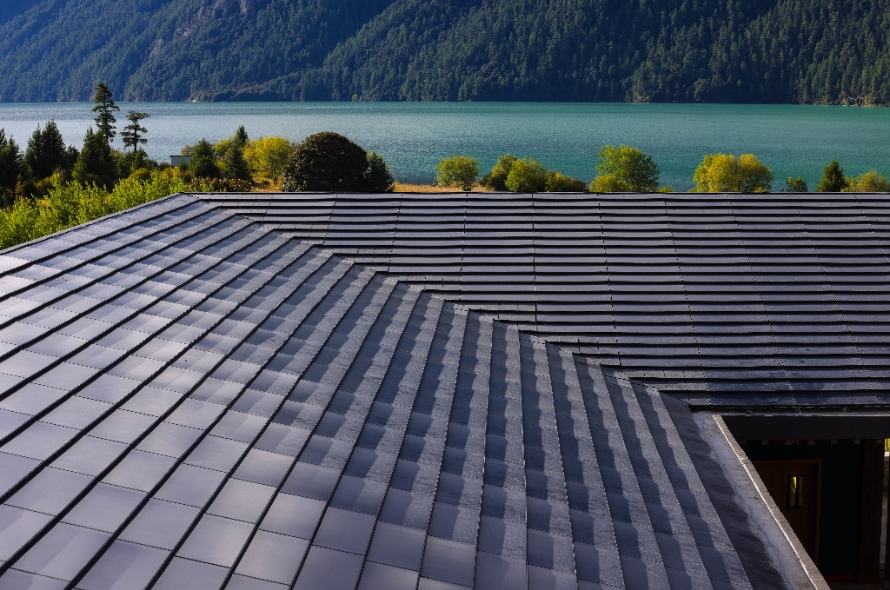Apr. 09, 2025
As more homeowners and businesses seek energy-efficient solutions, solar roofing shingles have emerged as a sleek and innovative alternative to traditional solar panels. These integrated solar tiles not only provide electricity but also serve as your actual roof, offering a seamless, aesthetically pleasing finish. However, installing solar shingles is not a plug-and-play process—there are several important factors to consider before making the investment.

Solar roofing shingles—also known as solar tiles—are photovoltaic cells designed to resemble traditional roof shingles. Unlike bulky solar panels mounted on top of existing roofing, solar shingles are embedded into the roof itself. They serve a dual purpose: acting as both roofing material and a source of renewable energy. Solar shingles are particularly ideal for new roof installations or full roof replacements, offering a modern and streamlined appearance.
Before installing solar roofing shingles, evaluate the current condition of your roof. Is it structurally sound and capable of supporting solar equipment? The orientation, pitch, and size of your roof all influence solar efficiency. South-facing roofs with a 30 to 45-degree pitch generally yield the best results. If your roof is aging or has damage, it’s wise to replace or reinforce it prior to installation.
Choosing a certified and experienced installer is crucial. Poor installation can lead to issues like water leaks, electrical faults, or decreased energy output. Look for installers who are trained and authorized by the solar shingle manufacturer. A professional team will handle everything from structural assessment to system optimization, ensuring long-term performance and safety.
Solar roofing shingles are often more expensive upfront compared to traditional solar panels or standard roofing materials. However, they provide a dual function—roofing and energy generation—making them a smart long-term investment. Take into account potential government incentives, tax credits, and energy savings over time. A detailed ROI analysis will help you understand how quickly your system could pay for itself, often within 10 to 15 years depending on your location and usage.
The longevity and reliability of solar roofing shingles are critical for long-term performance. Make sure you understand both the product and installation warranties. For example, Gain Solar offers a 25-year product quality warranty, demonstrating their commitment to durability and customer satisfaction. Their solar roofing shingles are rigorously tested in extreme environments and deliver exceptional resistance to wind, water, and fire. Whether facing heavy rainstorms, high winds, or extreme temperature fluctuations, Gain Solar’s shingles are engineered to withstand harsh weather conditions—providing peace of mind for decades.
Installing solar roofing shingles involves more than just hardware. You’ll need to navigate local permitting, zoning laws, and electrical codes. Depending on your location, you may also need approval to connect your system to the local power grid. Check if your area supports net metering, which allows you to sell excess energy back to the grid for credits or cash. Partnering with a knowledgeable installer can simplify these regulatory hurdles.

Installing solar roofing shingles is a forward-thinking choice that combines energy efficiency with architectural elegance. From evaluating your roof to selecting a certified installer and understanding warranties, each step plays a crucial role in ensuring long-term success. Manufacturers like Gain Solar are pushing the boundaries of durability and design, making it easier than ever to adopt clean energy solutions. With proper planning, your solar roof can deliver both style and sustainability for decades to come.